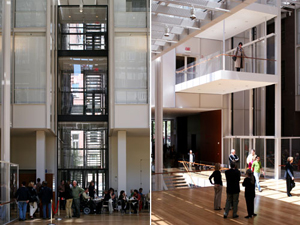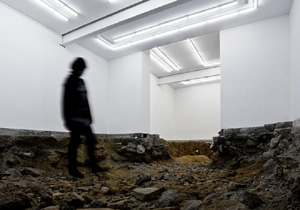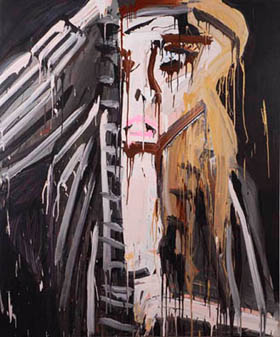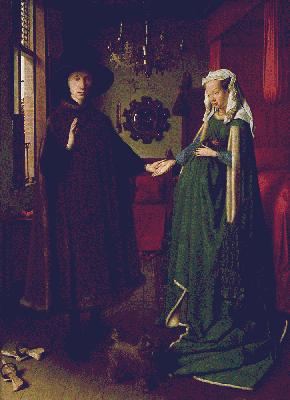5.12.25 — Paying for It
To wrap up from last time on boom, bust, and the future of art, what then counts as success? In 2009, at the very height of the boom, Edward Winkleman released How to Start and Run a Commercial Art Gallery, and he if anyone should know how.
 A Williamsburg pioneer, he brought his gallery to Chelsea, expanding the action a block to the west along with three more of the most adventurous out there. He also started an art fair devoted entirely to high-tech, interactive art, including my very first experience with virtual reality. Still, for all its sane advice, it takes something for granted: you or anyone else really can start and run a commercial gallery—and you are dying to try. Oh, and did I mention that Ed’s gallery is long since gone?
A Williamsburg pioneer, he brought his gallery to Chelsea, expanding the action a block to the west along with three more of the most adventurous out there. He also started an art fair devoted entirely to high-tech, interactive art, including my very first experience with virtual reality. Still, for all its sane advice, it takes something for granted: you or anyone else really can start and run a commercial gallery—and you are dying to try. Oh, and did I mention that Ed’s gallery is long since gone?
Just to speak about what comes next after the pandemic has its own hidden assumptions as well. It takes for granted that art really is coming back, and it assigns blame for the losses to a virus. What, though, if the boom needs explaining in the first place? Yes, artists can make their own scene, and ideas matter, but that cannot be the whole story. Great movements in the past had their champions like Gertrude Stein, Lillie P. Bliss, and Petty Guggenheim, but not entire neighborhoods. And only the last of those three was a dealer.
Look back at HaberArts. I started with the art of museums, because I had years reading and seeing in my head. Besides, galleries did not take anywhere near as long to describe, as Minimalism and conceptual art lingered on. I summed them up with twice a year “gallery tours,” continuing for over a decade. I knew that something was changing, but what? Who knew that art today would treat discoveries then like old masters, with still life to match?
I took new arts districts as a pleasure, but the onset of big money as a threat. I wrote of what Jerry Saltz (now more of a cheerleader, I am afraid) called the “battle for Babylon.” I distrusted exhibitions as paybacks to donors and collectors. I hated that as fine an architect as Renzo Piano devoted expansion of the Morgan Library to a cafeteria. Already, Yoshio Taniguchi had used expansion at MoMA for a block-long lobby and an unworkable atrium. Did anyone still care about art?
In fact they did then, and they do—and it had a great deal to do with change. New audiences were transforming art into a popular art form. In turn, dealers and museum directors saw not just an opportunity, but a duty. Museums added education centers and no end of wall text. If people also require food to get them through the day, who am I to complain? Lines for the old-world cafeteria at Neue Galerie exceed those for the museum, and the Frick now has its first.
In short, there is no going back. Does that make this the bust to end all busts? Not necessarily, and I cannot predict the outcome of Donald J. Trump’s disturbing economics, but this history shifts debate from the roots of change to how the arts address it. The growth of inequality is real, but critics, artists, and institutions can see it as more than an end in itself. They can hope for crowds while resisting the allure of big money and mass entertainment. Meanwhile I just hope that the Jewish Museum brings back its black-and-white cookies.
Read more, now in a feature-length article on this site.



